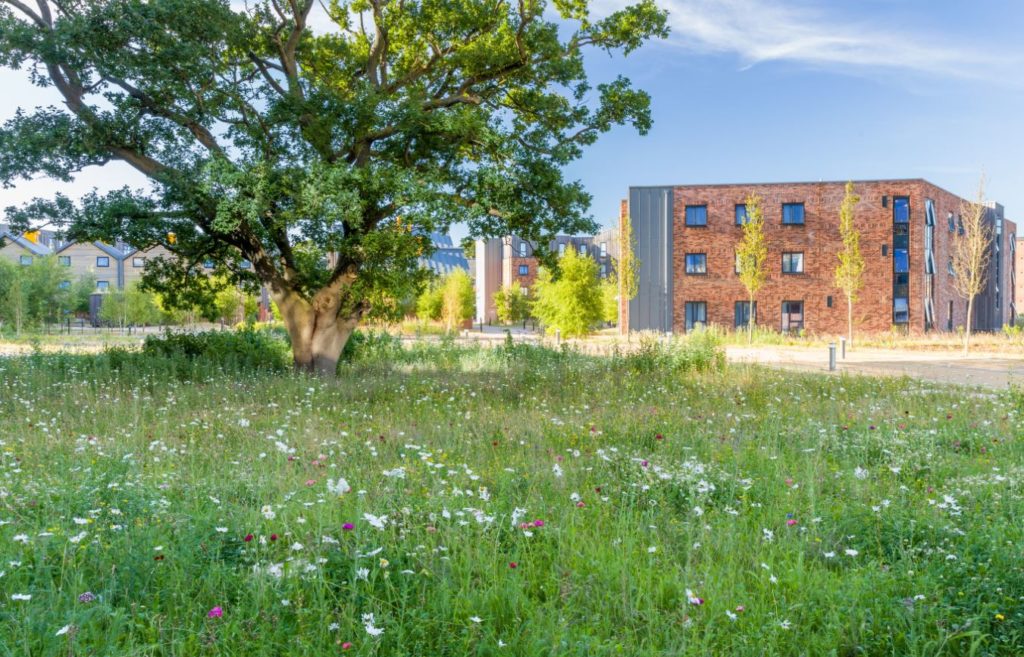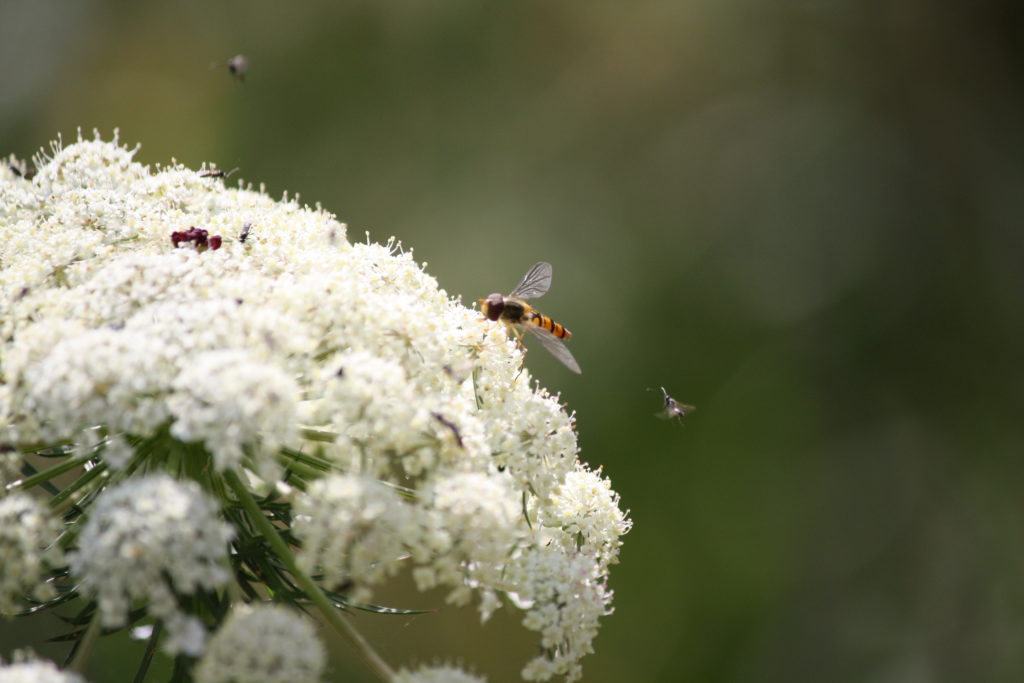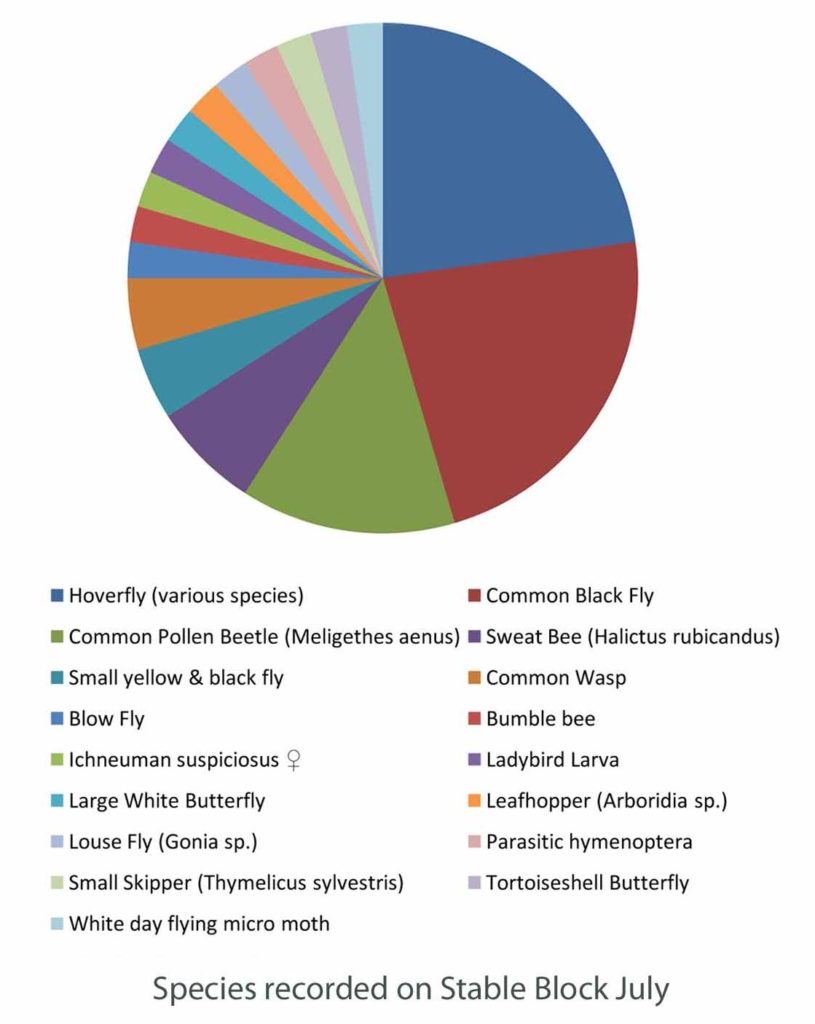Our MD, James Hewetson-Brown, recently shared his thoughts on Biodiversity Net Gain (BNG) with a leading UK landscaping publication. In our first blog for 2020 we’ve summarised James’ article in brief, outlining the likely impacts as the mandatory BNG deadline draws nearer.
Biodiversity
The loss of biodiversity is up there with climate change as an issue that should concern us all. Economic models such as Kate Raworth’s Doughnut Economics recognises the loss of biodiversity as an economic disaster and presents the case for an urgent need to understand that economies are intrinsically linked to the environment.
There are many initiatives in the UK with the objective of supporting and enhancing biodiversity to benefit wildlife and society. The most recent of these is Biodiversity Net Gain (BNG).
What is Biodiversity Net Gain?
The Environment Bill (2019-2020) aims to improve society’s care and awareness of water and air quality and resource use/waste reduction. BNG is a section within the Bill that concentrates on biodiversity within the built environment, specifically targeting new development.

In simple terms, BNG aims to ensure that, for any new development, on-site biodiversity is first assessed and recorded, and once work is complete, the developer must prove that the recorded level of biodiversity has been enhanced.
However, the process of assessing and delivering this objective isn’t necessarily straightforward. In layman’s terms, the developer has to build in biodiversity in any way they see fit and the results will be assessed by a series of metrics based on species diversity, the quality of the reinstatement work and the time it takes to achieve it.
With a two-year transition period just beginning, the mandatory and audited scheme will come into force in 2022 which will mean:
- The BNG metric will become law and part of planning permission.
- Applicable development projects will have to enhance biodiversity by a minimum of 10% and this improvement will be audited after completion and (significantly) for the next 30 years.
The Environment Bill gives three options for achieving BNG – onsite (preferred), offsite (at a registered site, such as a habitat bank) or through biodiversity credits purchased from the Secretary of State.
What will the impact be?
The impact of BNG will be significant and positive as we begin to see all new developments providing wildlife friendly environments. Establishing a species-rich habitat enhances biodiversity and provides food and homes for wildlife, from bugs and invertebrates at the bottom of the food chain, through to predators at the top.

Wildflowers have a major part to play, offering the ‘diversity’ bit of ‘biodiversity’. A typical wildflower habitat will have anywhere from 20 to 60 species in a given area. Using modern techniques to establish a meadow will speed up the establishment process and provide longevity, and so should be recognised in the metric.

Despite the overwhelming benefits, a barrier to real success has been (and could still be) ‘value engineering’. With BNG, improving biodiversity will be mandatory and will be audited anything up to 30 years in the future, which should ensure that a budget to do this is factored into the build cost. Anyone value engineering the landscaping (resulting in substandard work) will be taking a risk as evidence of improvement will be needed. But even then, success will still depend on determined councils and resolute landscape architects to see BNG through.
Conclusion
Get BNG right and there will be many beneficiaries, but all stakeholders must be engaged if BNG is to deliver real success. Developers and landscape professionals can be safe in the knowledge that they have done their bit for nature and society. Communities will have green space and all the health and well-being benefits this brings. And wildlife will be thrown a lifeline in their ever increasingly fragile world. This initiative, if undertaken in a positive way, will deliver the shift in mindset needed to see genuine improvements in biodiversity and wildlife.
For further information, follow these links: